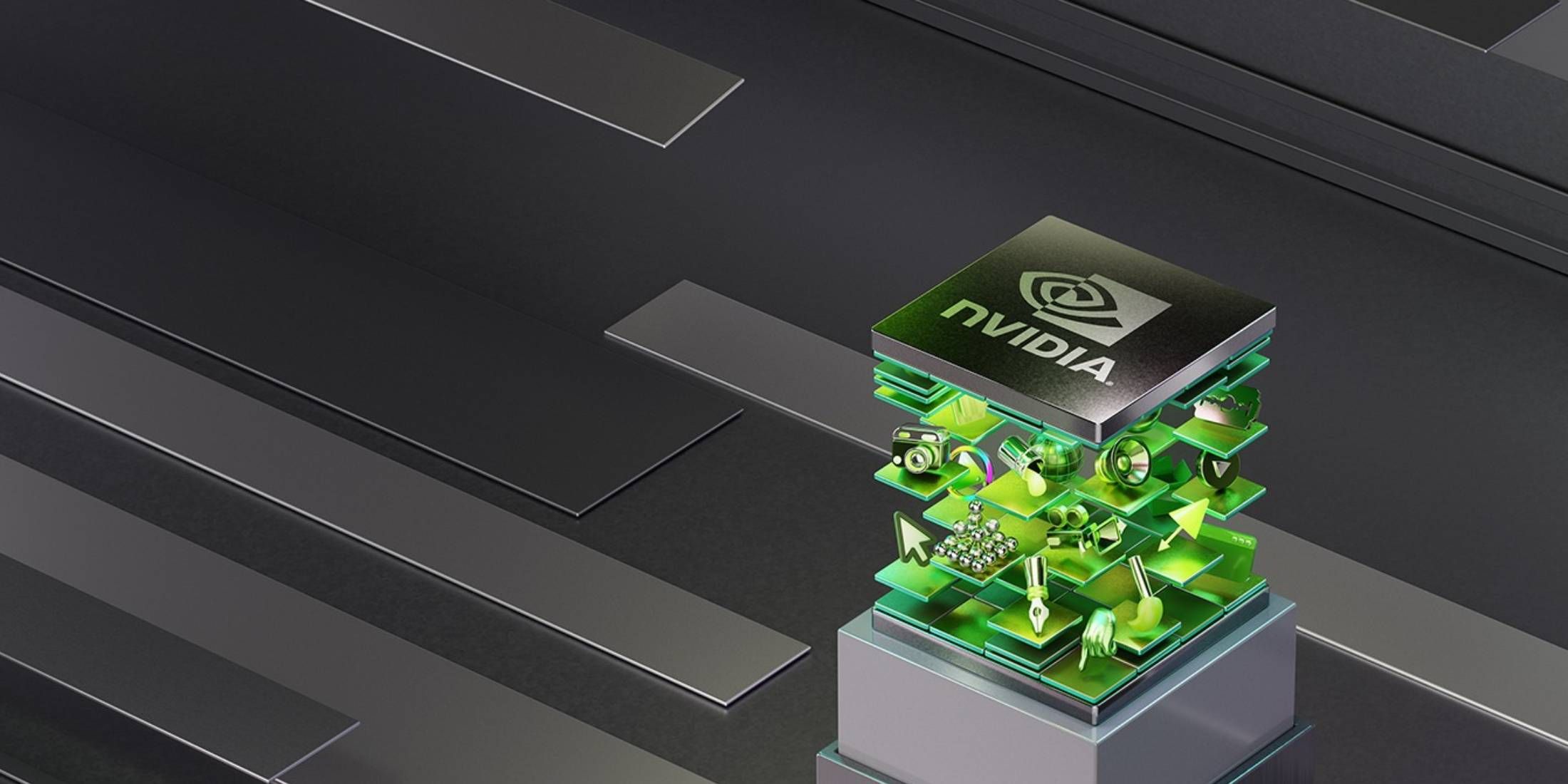Key Takeaways
- Nvidia’s RTX 5080 may offer 16 GB and 24 GB VRAM options, but the 24 GB variant might not be available at launch.
- Leakers suggest the RTX 5080 could overcome VRAM limitations with 3 GB modules or tweaking the GPU architecture.
- Uncertainty remains about Nvidia’s VRAM approach for the RTX 5080, with possibilities of impacting pricing and availability.
PC gamers all across the world are eagerly waiting for the next series of Nvidia RTX GPUs to be released, and according to a new rumor, it seems like the RTX 5080 could come in two VRAM options — 16 GB and 24 GB. However, it is crucial to note that the 24 GB VRAM option may not be available at launch due to technological limitations and could be something Nvidia releases in the future.
The RTX 50 series has been amidst rumors for quite a while now, and it seems like the launch is right around the corner. Nvidia is also reportedly discontinuing one of its most popular RTX GPUs, possibly paving the way for the release of the new GPUs. Amid that, new details have emerged about the upcoming RTX 50 series.
As per a new report posted by popular leaker PolyMorph, the Nvidia RTX 5080 could come in two possible variants. Addressing concerns of the community in a post on the ChipHell forum over the RTX 5080 only featuring 16 GB of VRAM, PolyMorph stated that the 24GB VRAM version will be available at a later date. It is not clear exactly when this higher VRAM variant will be available, but other leakers have also corroborated the claims that multiple VRAM variants are in the works.
How the RTX 5080 Could Possibly Support 24 GB VRAM
Considering that the RTX 4090 GPU featured 24 GB of VRAM, users have been expecting the RTX 5080 to at least be on par with it, if not outperform it. However, this seems like more of a technological hurdle for now rather than being a marketing choice. The RTX 5080 will likely be using the GB203 GPU, which features a 256-bit memory interface. It has eight memory channels, so the maximum VRAM with 2 GB per module will be 16 GB, which is what is speculated to be available at launch. However, to bypass this, Nvidia will likely have to opt for 3 GB modules which are rumored to be produced later. On the other hand, Nvidia could also opt for the GB202 GPU, which is what enables the mammoth 512-bit memory interface on the RTX 5090, and tweak it to have a 384-bit memory interface instead. This would enable the GPU to have 24GB of VRAM.
It is quite difficult to predict which approach Nvidia will choose. On one hand, the 3 GB modules seem more likely considering that it is one of the biggest offerings of GDDR7, but it is not clear when those modules will be available for mass production. On the other hand, using the GB202 approach would possibly eliminate the mass production problem, but it would also mean having a significant impact on many other factors, including pricing. With Nvidia’s RTX 50 series reportedly coming out early next year, PC gamers around the world will be learning more about the GPUs soon.

/cdn.vox-cdn.com/uploads/chorus_asset/file/24782230/Standby.JPG)






